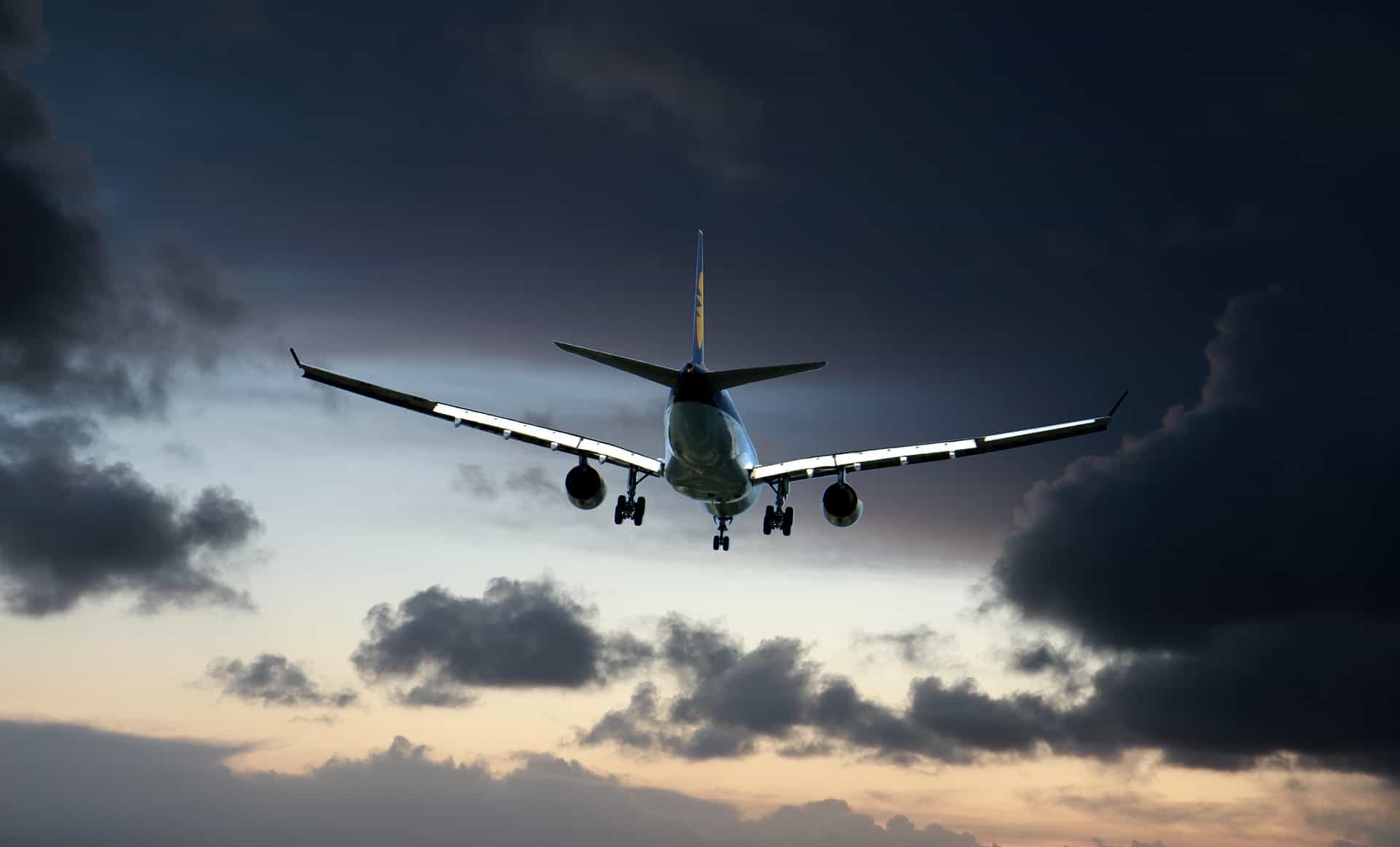Flying is an exciting and rewarding career. Many people with interest, or some basic experience, wonder how to progress to become a commercial pilot. There is a well-developed route of training, with only small differences between countries. Most pilots self-finance training before joining an airline, but there are alternatives.
Aviation Guides
Obtaining a PPL
The first step for any aspiring pilot is to take PPL (Private Pilot License) training. This allows you to act as the pilot in command of most single-engine aircraft, but not for commercial purposes or payment.
Requirements vary slightly by country. The minimum age to obtain a PPL in the US, Europe, and the UK is 17 (although flight training can begin earlier). The minimum flying time required is 40 to 45 hours, and certification involves written exams a final flying test.
The PPL course will also establish that flying is the right route for the participant. You will know if you have the interest and ability to go further and if you meet the medical requirements to be a pilot.
Adding an Instrument Rating
A PPL allows daytime flying of single-engine aircraft in good weather conditions. The most common next step is to undertake further training to add an instrument rating. This allows pilots to fly under IFR (Instrument Flight Rules) and in poor weather and visibility.
A night rating is also required in some countries. This is combined with the PPL training in the US, but separate certification is needed in the UK or Europe. Other ratings are possible as well, including multi-engine and seaplane flying. These expand options for private pilots, but you are still limited to non-commercial flying.
Commercial Pilots License
To move to commercial flying and get paid for flying, a Commercial Pilots License (CPL) is needed. This requires building up flight time and experience, further flight training, and once again, both written and practical examination. There are minimum requirements for total flight time (200 to 250 times) as well as time as pilot in charge and cross-country flying time.
With a CPL, you can be paid for flying, but options are limited. This is still a popular way to build up flying hours for further certification though. You could work as a corporate or business pilot, carrying passengers or cargo. There are also opportunities in recreational flying, aircraft servicing, or specialized areas like skydiving or aerial photography. Additional training and certification are needed to work as a flying instructor.
Moving to Airline Flying with the ATPL
To take things further with commercial aviation, an ATPL (Airline Transport Pilot License) is the next step. This requires significantly more flight training and extensive study and examination. A minimum of 1,500 flying hours are needed for final certification (with additional minimum requirements for pilot in charge, instrument, and cross country flying).
An ATPL allows you to act as pilot in command of a multi-crew commercial aircraft. A specific type rating is taken for aircraft to fly. It is often possible to start work with an airline before the full ATPL minimum requirements are met (a so-called ‘Frozen ATPL’).
Cadet Pilot Schemes or Military Experience
There are a few alternatives to self-financing training. One route taken by some pilots is to first train and service with the military. After a period of military service, some pilots choose to move to commercial aviation.
Getting a job directly with an airline as an inexperienced pilot is possible. Some airlines run training or sponsorship programs, but competition for the few places on offer is usually intense. Airlines offering this vary depending on future needs. For many years, British Airways ran an annual ‘Future Pilot Program’ open to those with no flying experience, but this has not been offered since 2018. Emirates, Qatar Airways, Cathay Pacific Virgin Atlantic, and Wizz Air have all operated schemes in the recent past, with varying requirements to apply.
Final Thoughts
Becoming an airline pilot is an expensive and time-intensive commitment. There are many ways to approach it, and while some pilots will self-finance from no experience up to ATPL with one flight school, others may take more time and work as they progress. A lucky few may be successful in finding an airline-funded scheme.

